Like you, we also have questions: now that Nigeria is relaxing the lockdown, was it effective in the first place? Should the government have lifted the lockdowns? Have we flattened the curve? Is anything getting better? How much longer before this virus gets out of our lives? We asked the data, and yes, we got some answers. Come with us as we break things down with the data.
On February 27, 2020, Nigeria became the first country in sub-Saharan Africa to record a positive case of the novel coronavirus disease (COVID-19). For nearly two weeks, the country had just one case. It was an imported case. This immediately led to calls from the citizenry for a shut down of the country’s borders. But despite the calls, the country took nearly a month before finally shutting down its borders effective from March 23, 2020.
In comparison, the borders of Rwanda, South Africa, and Uganda were shut in a much shorter time. Rwanda recorded its first case on March 14, and borders were shut a week later. South Africa took ten days after its first case before shutting the borders. Uganda shut down borders less than 24 hours after its novel case was reported.
Lagos: Before and After Lockdown
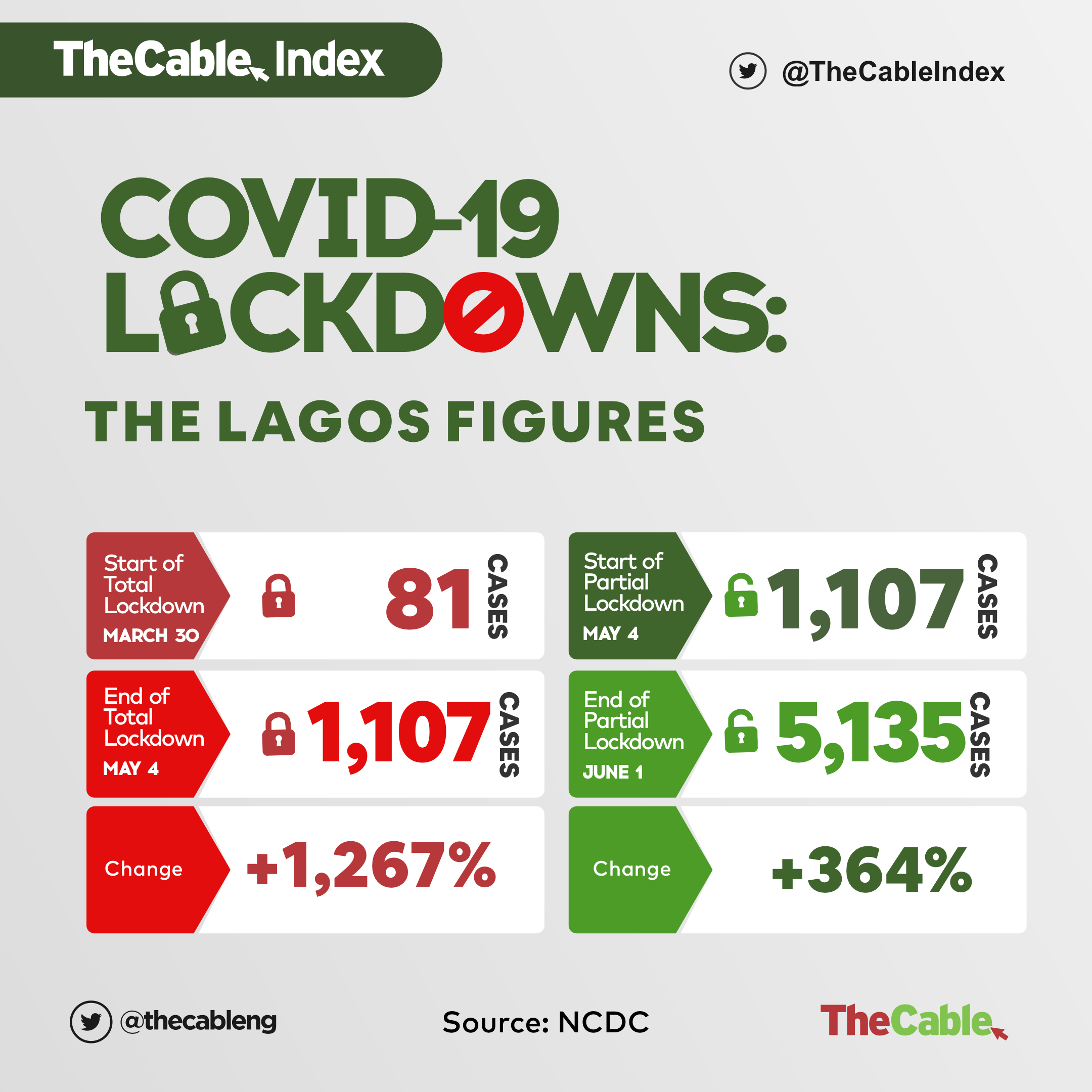
Advertisement
Over one month after the first case was recorded, Lagos went on to record 80 other cases, necessitating a lockdown to curb the spread of the virus. On March 30, a lockdown was enforced in the state.
During that period, which lasted from March 30 to May 3, cases jumped from 81 to 1,107 — representing a 1,267 percent increase. Deaths also went from zero to 30; percentage increase should be null in pure mathematics, but in these terms, that is about 3000 percent.
After the full lockdown was lifted, and the president announced a partial lockdown and curfew, cases went from 1,107 to 5,135 in about a month — May 3 to June 1. This represents only a 364 percent increase.
Advertisement
COVID-19 deaths went from 30 to 55 within the first-month of partial lockdown. This represents an 83 percent increase in the death toll.
In percentage terms, this means Lagos recorded more cases and more deaths during the lockdown than it did during the partial lockdown. This could be interpreted to mean that lockdowns were not very effective in the state. In fact, in absolute numbers, Lagos recorded 30 deaths during the full lockdown, and only 25 deaths when the full lockdown was lifted.
For argument purposes, if the state had continued at its full lockdown rate of increase in cases, it could have recorded three times more cases by June 1 than it has done now. But this is highly speculative; for this to happen, tests would have to have been ramped up by about 1,000 percent. Tests have increased by nearly 300 percent in that time.
As for deaths, if the full lockdown rate of increase in deaths was maintained, Lagos would have seen way more deaths than recorded during partial lockdown. Many issues may have affected the effectiveness of lockdown, some of which include how badly the lockdown was flouted.
Advertisement
Oyo vs Kaduna: Does lockdown really affect anything?

Kaduna was the first state in Nigeria to shut its borders to curb the spread of coronavirus. The index case in the state was the governor, Nasir el-Rufai, who by global standards was a superspreader, having infected four other people. But shut down the state immediately.
On the flipside, Seyi Makinde, the Oyo state governor, also contracted the coronavirus disease but insisted there was no need for a lockdown in his state. How well have both states fared?
Before the lockdown by Buhari, Kaduna state had imposed a partial lockdown as early as March 24. By March 30, when the federal lockdown for Lagos, Ogun and FCT was announced, Kaduna had three cases. Oyo state had eight cases.
As of May 3, Kaduna’s cases, despite lockdown, had jumped to 81, while Oyo, without lockdown, went to 34 from the initial eight. In absolute numbers and in percentages, Oyo seemed to have done better than Kaduna. However, another month without a lockdown, Oyo has overtaken Kaduna, recording 322 cases as of June 1. Kaduna, at the time, had 288 cases.
Advertisement
Based on these two states, it is difficult to make a case for lockdowns in Nigeria.
FCT AND OGUN NOT OUTLIERS
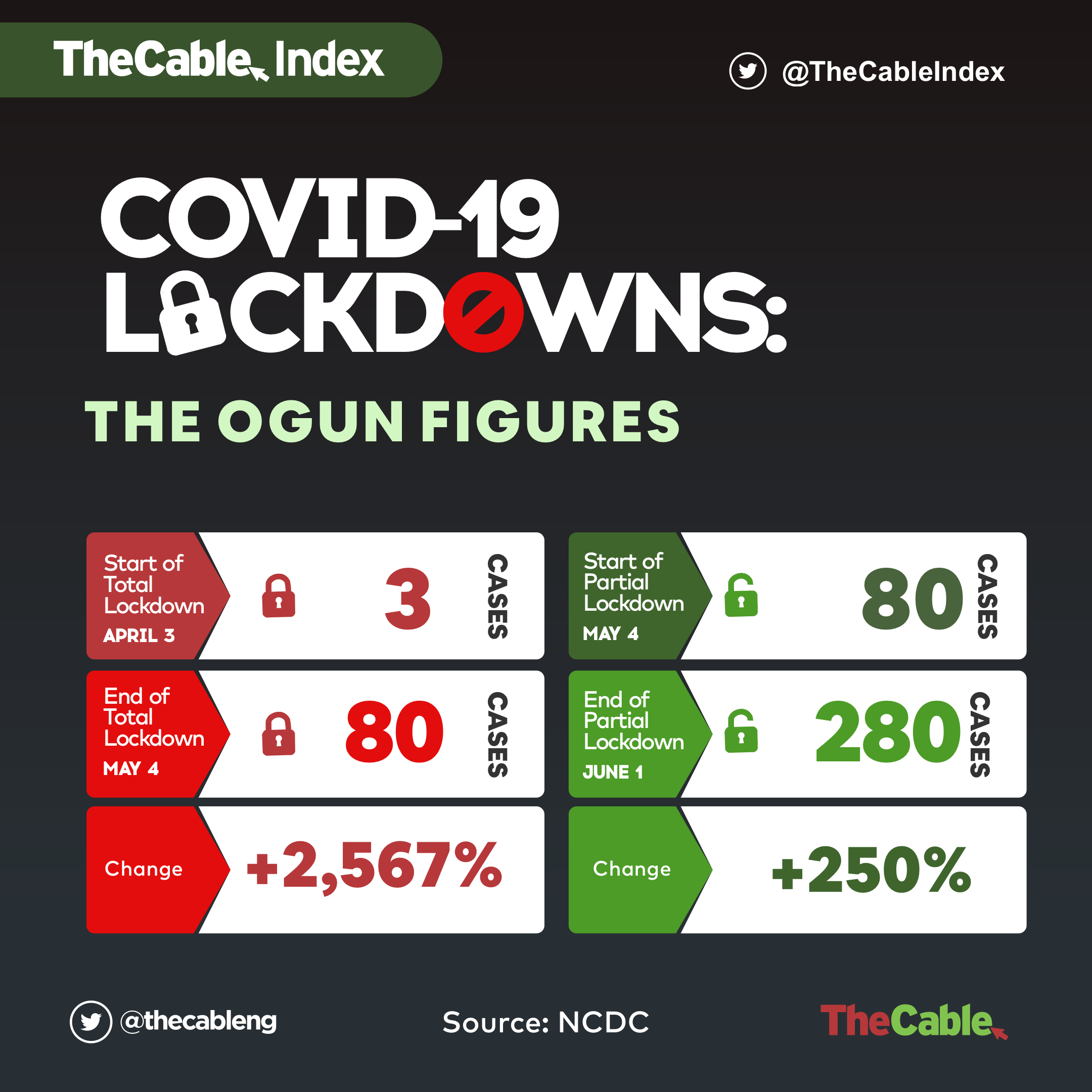
Advertisement
FCT and Ogun have behaved in like manner; FCT has gone from 25 cases to 278 during the total lockdown, and from 278 to 674 during the partial lockdown. As far as the rate of increase goes, FCT did better during partial lockdown than during total lockdown.
The case is the same in Ogun, which went from four cases on April 3, when its lockdown was enforced, to 80 cases on May 3, when the lockdown was eased. And from 80 to 280 as of June 1.
Advertisement
Despite the lockdowns, both states have behaved like some states without the lockdown.
Nigeria: Before and after Interstate lockdowns

Advertisement
On April 25, it was reported that state governors wrote the president to request a lockdown of state borders to shut interstate travel. The president announced the interstate lockdown on April 27.
By April 27, Nigeria had 1,337 confirmed COVID-19 cases. By May 27 — a month later — the country had 8,733 cases. A month before interstate lockdown (March 28), Nigeria had only 97 cases.
Measuring the policy impact based on percentage change, Nigeria had a bigger surge in cases (in percentage terms) when the lockdown was in force (1,278 percent) than when the lockdown was not in force (533 percent).
The data also make a case for free movement in Nigeria — but this is no guarantee that the story will not take a new and possibly dramatic turn under certain conditions that were not present during the lockdown.
WHAT NEXT FOR NIGERIA?
Based on the data, it seems to make sense to allow economic activities continue while cases rise slowly. This may have informed the position of the Presidential Task Force (PTF) on the need to reopen the economy and allow religious activities based on the discretion of the state governors.
While the handling of cases will vary from state to state, it is important to note that while not many studies have not been conducted in Nigeria on COVID-19, global studies elsewhere have shown that transmission always increases in crowded spaces. It is therefore advisable that crowded spaces must be avoided as much as possible.
A recent study in China also associated transmission to air conditioning in restaurants. To prevent the spread of the virus, the study recommends that “in restaurants, increasing the distance between tables and improving ventilation” will help slow transmission.
As Nigerians return to places of worship, restaurant, and offices, ventilation is important; it is more important than air conditioning.
2 comments

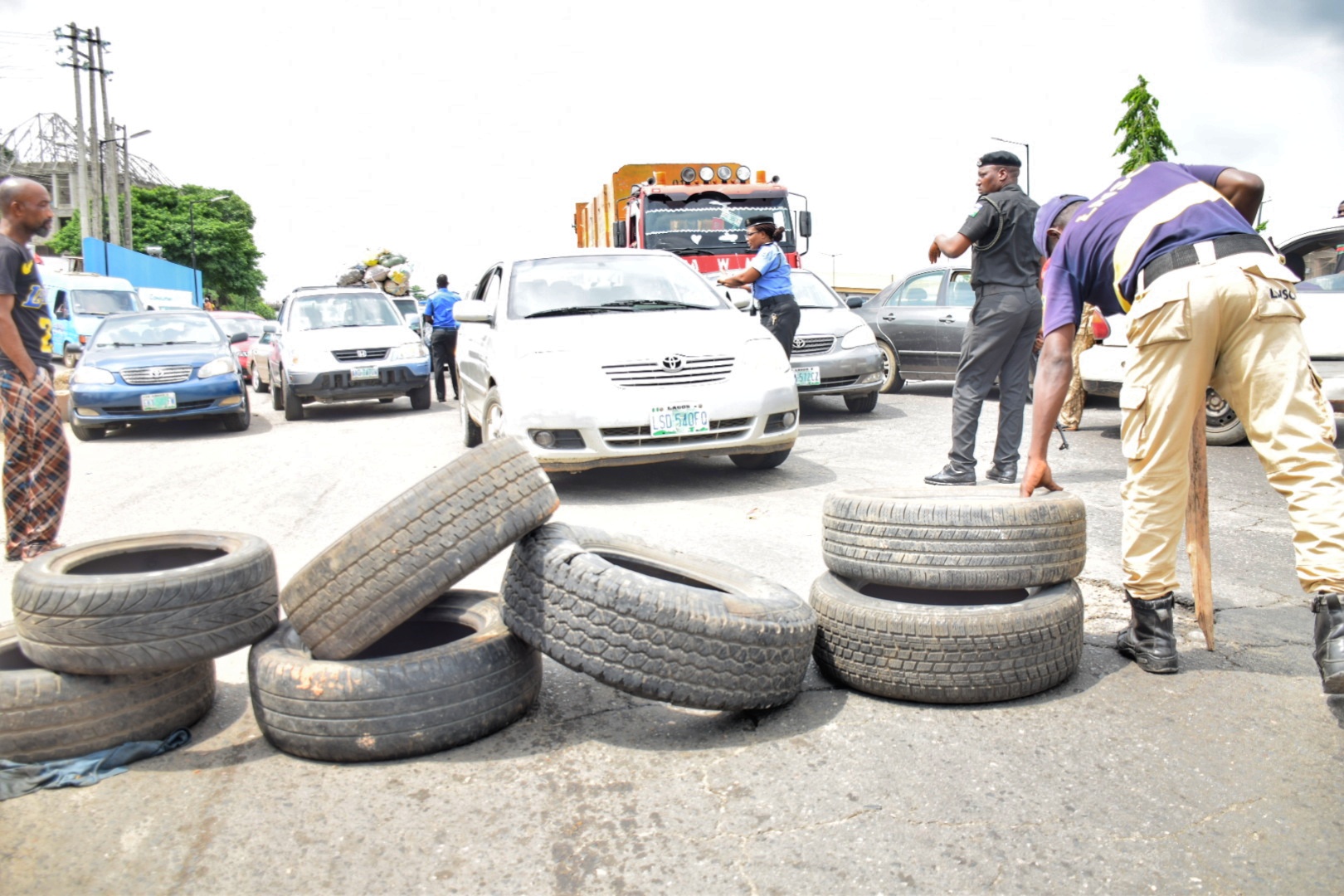
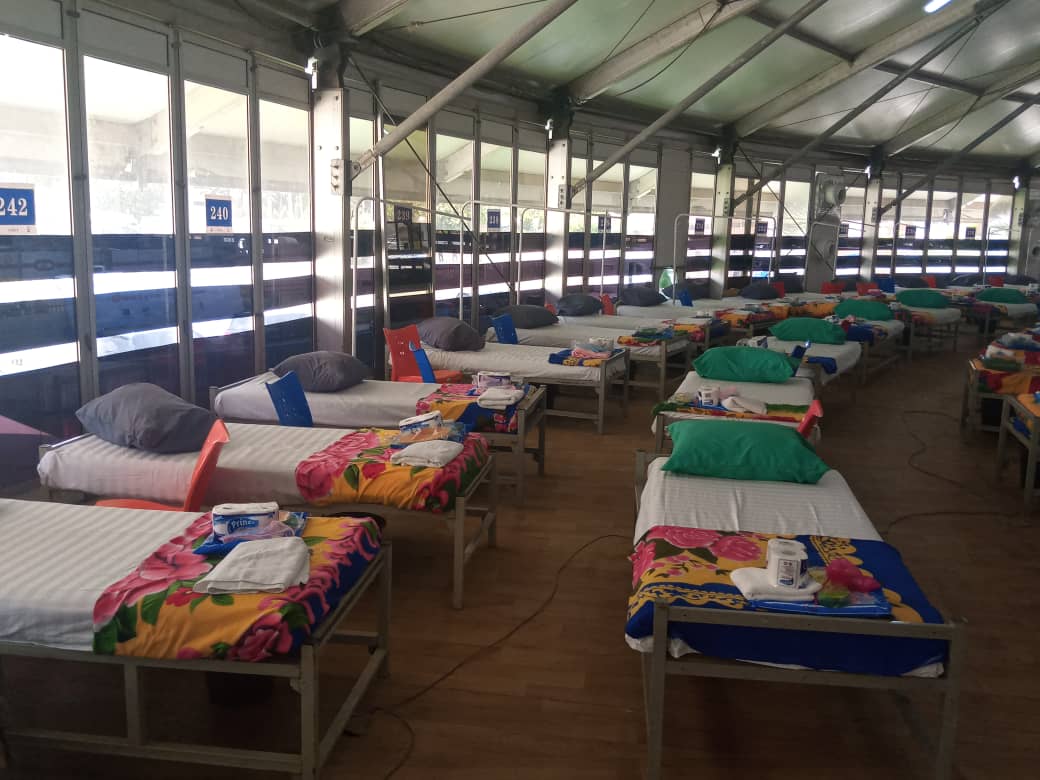




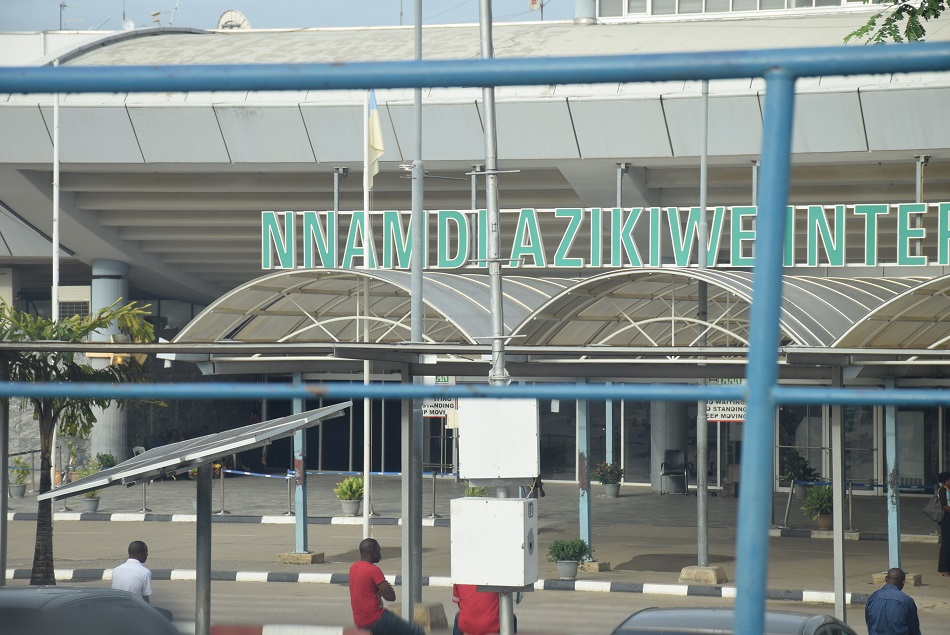
Good afternoon thank you for this analysis, I wished to call the attention of the author of this to carefully reconsider the testing capacity of the country before after and during the lockdown period. The increase in cases during the lock down period may be related to the increase in testing capacity and contact tracing. Then in the case of Kaduna and Oyo it I’ll also be necessary to consider the issue of Abuja Kano, and Katsina that shared boundaries with Kaduna state, Kano and Katsina hada some how over taken Kaduna and this people declared there index case some where in April
Nicely noted